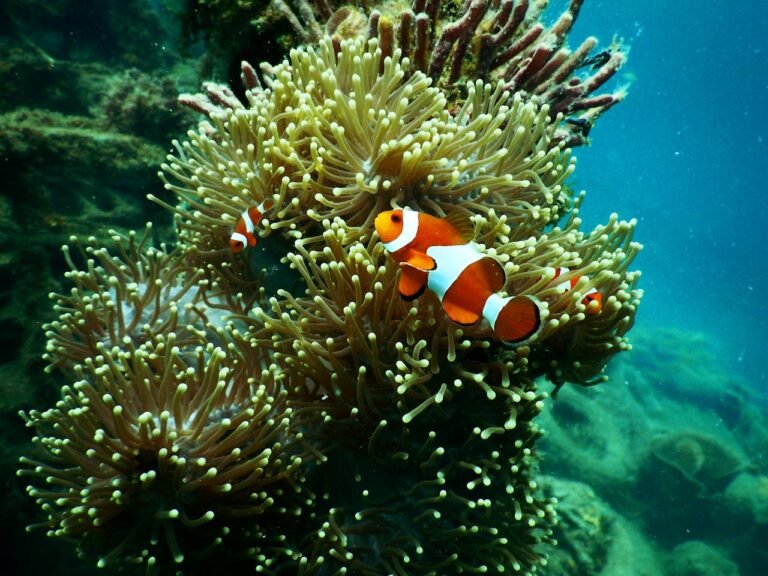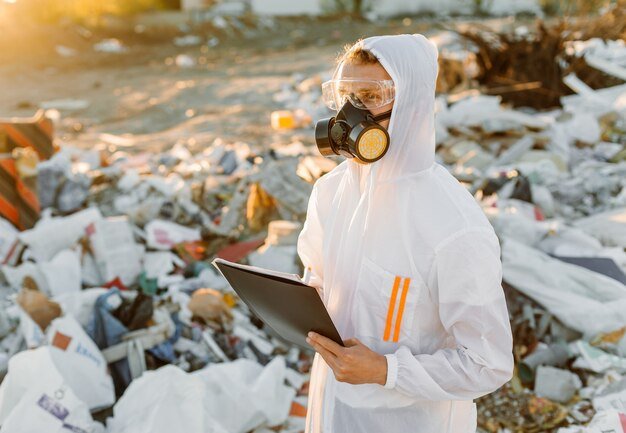6 Types of Ocean Pollution: An Expert Guide to Protecting Our Blue Planet
The first time I saw the effects of ocean pollution up close was during a coastal research project. As part of an environmental study, I visited beaches that once boasted crystal-clear waters and thriving marine life. What I found instead were shores littered with plastic, tangled fishing nets harming marine animals, and water that no longer reflected the pristine beauty I had once imagined. Scientists and local conservationists spoke of the alarming rate at which pollutants were entering the ocean, disrupting ecosystems and threatening biodiversity.
The ocean covers more than 70% of our planet and plays a crucial role in sustaining life. It regulates climate, produces oxygen, and supports countless species, including the seafood millions rely on for sustenance. Yet, human activities continue to pollute and degrade this vital resource. Ocean pollution isn’t just an environmental issue—it’s a crisis that impacts global health, food security, and economies worldwide.
In this guide, we’ll explore the six major types of ocean pollution, using real-world research, expert insights, and scientific data to understand the problem. More importantly, we’ll discuss actionable solutions—because protecting our oceans isn’t just an option; it’s a necessity for the future of our planet.
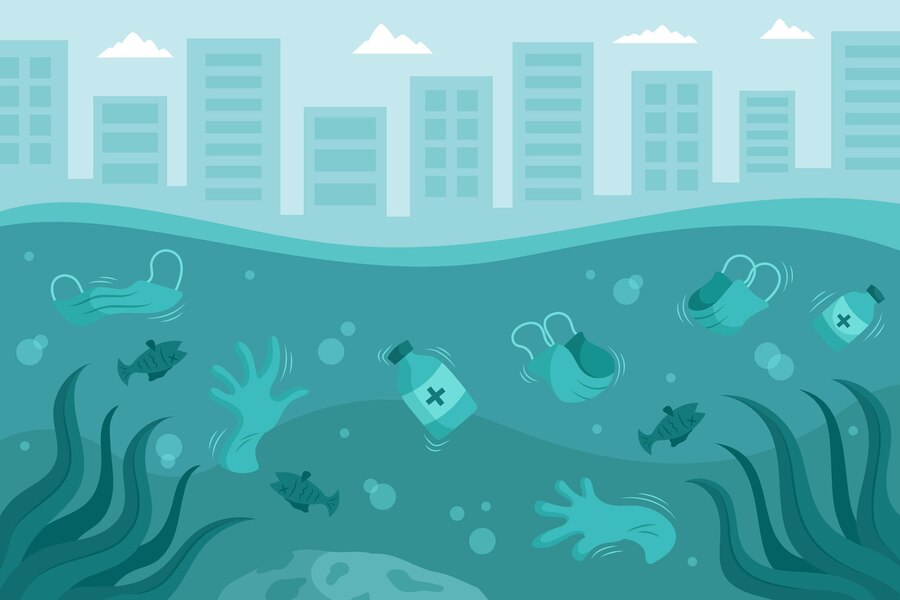
In This Article
- 1. Plastic Pollution: The Silent Killer
- 2. Oil Spills: Devastating but Preventable
- 3. Chemical Pollution: The Invisible Threat
- 4. Noise Pollution: The Unseen Disturbance
- 5. Nutrient Pollution: Too Much of a Good Thing
- 6. Marine Debris: Beyond Plastic
- Conclusion: Future Outlook and Innovation
1. Plastic Pollution: The Silent Killer
The Problem
Imagine standing on a beautiful beach, watching the waves crash, feeling the fresh ocean breeze. Now, imagine bending down to pick up a seashell and finding a plastic bottle instead. This is the reality we face today. Plastic pollution is one of the most serious threats to our oceans, with an estimated 14 million tons of plastic entering the ocean each year. Once in the water, plastic breaks down into tiny toxic particles that marine animals mistake for food. These pollutants don’t just harm wildlife—they work their way up the food chain and end up on our plates.
Real-World Impact
In 2018, a sperm whale washed ashore in Indonesia, its stomach filled with 13 pounds of plastic waste—plastic bags, cups, flip-flops, and other debris. This tragic event is not an isolated case. Countless marine animals, from sea turtles to seabirds, suffer slow and painful deaths because of plastic pollution. Some choke on plastic pieces, while others starve with stomachs full of indigestible plastic.
Expert Insights
Dr. Jenna Jambeck, a marine scientist and professor at the University of Georgia, puts it bluntly: “If we don’t take significant action, there could be more plastic than fish in the ocean by 2050.” This isn’t just a distant problem—it’s happening now, and if we don’t act, future generations may never know what a truly clean ocean looks like.
She is widely recognized for her research on plastic waste, particularly her 2015 study that estimated 8 million metric tons of plastic enter the ocean annually. Her work has been referenced in global discussions on plastic pollution, including reports from the Ellen MacArthur Foundation and the World Economic Forum.
Plastic Waste: A Growing Crisis
| Year | Global Plastic Waste in Oceans (Million Tons) |
|---|---|
| 2010 | 8.0 |
| 2015 | 11.5 |
| 2020 | 14.0 |
| 2030 (Projected) | 29.0 |
What Can We Do?
- Reduce single-use plastics: Swap out plastic bags, bottles, and utensils for reusable alternatives.
- Participate in cleanups: Join a local beach or river cleanup to stop plastic from reaching the ocean.
- Support policies: Advocate for bans on plastic waste and push for better recycling programs.
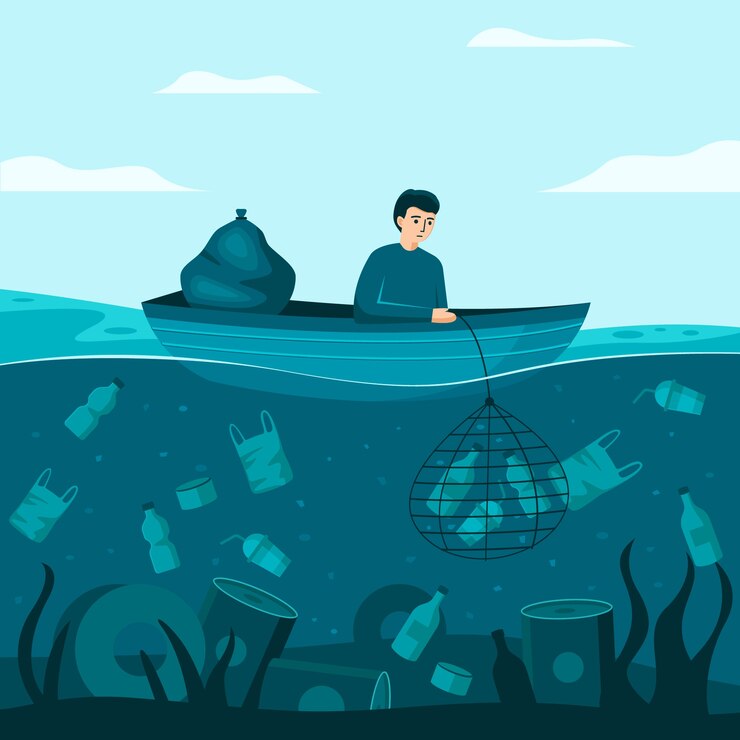
2. Oil Spills: Devastating but Preventable
The Problem
Oil spills are one of the most destructive forms of ocean pollution. Whether caused by tanker accidents, pipeline leaks, or offshore drilling, they release massive amounts of crude oil into the water, causing untold damage to marine life and coastal communities. When oil spreads across the ocean’s surface, it forms a thick, toxic layer that suffocates marine animals, coats birds’ feathers—leaving them unable to fly—and contaminates vital habitats.
The effects of oil spills go beyond what we can see. Beneath the surface, oil sinks into the ocean floor, poisoning corals, fish, and other sea creatures. Entire food chains are disrupted, leaving fishermen struggling to make a living, coastal economies in crisis, and ecosystems fighting to recover for decades.
Case Study: The Deepwater Horizon Disaster
One of the worst oil spills in history happened in 2010 when the Deepwater Horizon drilling rig exploded, releasing 4.9 million barrels of oil into the Gulf of Mexico. The slick covered thousands of square miles, killing dolphins, turtles, and countless fish. Even years later, scientists have found evidence of long-term damage—many species have yet to fully recover, and some may never return to their previous numbers.
The tragedy wasn’t just environmental. Thousands of people who depended on the Gulf’s waters—fishermen, tourism operators, and small business owners—saw their livelihoods collapse overnight. It was a stark reminder that oil spills don’t just affect wildlife; they also devastate human communities.
Expert Insights
Dr. Sylvia Earle, a renowned marine biologist, has emphasized the long-term consequences of oil spills, stating, “It’s a fact of life that there will be oil spills, as long as oil is moved from place to place, but we must have provisions to deal with them.” (BrainyQuote)
Her words highlight a harsh truth: oil spills don’t just kill marine life immediately; their toxic effects persist for decades, harming ecosystems and human communities. Research shows that oil exposure causes severe long-term damage to marine life, including reproductive harm, organ disease, and population declines in species like dolphins, sea turtles, and seabirds (NCBI). Even after the visible oil disappears, its toxic components linger in marine environments, affecting coral reefs, wetlands, and entire food chains (University of Florida).
Solutions: What Can Be Done?
- Stronger Regulations – Governments must enforce stricter safety measures and hold oil companies accountable for spills.
- Investment in Alternative Energy – Reducing our reliance on oil can prevent spills from happening in the first place.
- Better Cleanup Technologies – Scientists are working on faster, more effective ways to remove oil from the ocean.
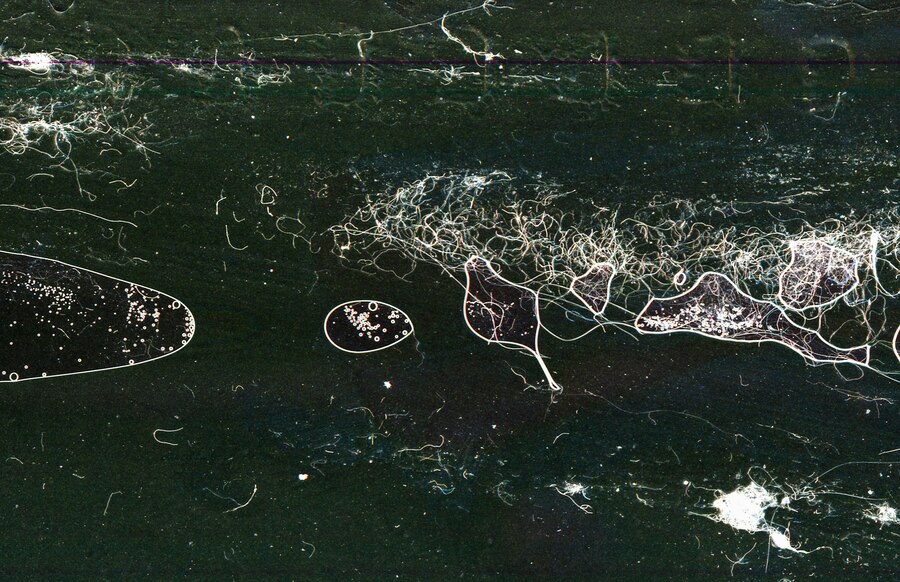
Learn More: 20 Examples of Biodegradable and Non-Biodegradable Waste
3. Chemical Pollution: The Invisible Threat
The Problem
Most of us don’t see the chemicals polluting our oceans, but they’re there, flowing in from factories, farms, and even our own homes. Industrial waste, pesticides, heavy metals, and even everyday medications wash into rivers and eventually reach the sea. The scary part? These invisible pollutants don’t just disappear. They accumulate in marine life, enter our food chain, and pose serious risks to human health.
Think about this: every time we spray pesticides on crops, clean our homes with harsh chemicals, or improperly dispose of old medications, we might be contributing to ocean pollution. It’s easy to feel disconnected from this issue, but the consequences are real and closer than we think.
Real-World Impact
One of the biggest concerns is mercury contamination in seafood. Large fish like tuna and swordfish absorb mercury from polluted waters, and when we eat them, that toxin enters our bodies. Pregnant women, in particular, are advised to limit their seafood intake because mercury can harm a baby’s developing brain and nervous system.
A mother-to-be, Emily, shared her story about avoiding seafood during pregnancy. “I love sushi, but when I learned about mercury levels in fish, I had to cut back. It was tough, but I wanted to do what was best for my baby.”
This isn’t just about personal choices—it’s about the larger systems that allow these pollutants to seep into our oceans. And it’s time we demand better.
Expert Insights
Dr. Jane Lubchenco, former administrator of the National Oceanic and Atmospheric Administration (NOAA), has highlighted the misconception that the ocean is too vast to be affected by human activities. She noted, “For most of human history, the ocean was seen as so vast, so bountiful that it was inconceivable that people could impact it.” This narrative has proven false, as the ocean faces significant challenges from pollution and other human-induced stresses. Lubchenco emphasizes that the ocean is central to solutions for climate change, food security, and equity, urging collective action to address these pressing issues.
Solutions
So what can we do? Change is possible.
- Stronger regulations: Industries must treat waste properly before dumping it.
- Sustainable farming: Farmers can use fewer chemicals and better soil management to prevent runoff.
- Responsible disposal: Never flush medications—return them to pharmacies or disposal programs.
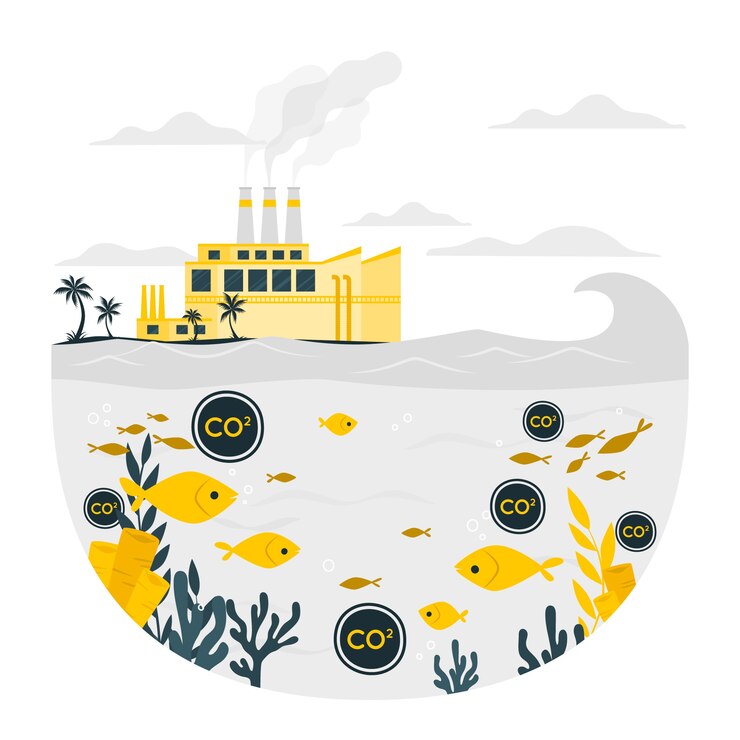
4. Noise Pollution: The Unseen Disturbance
The Problem
Imagine walking down a peaceful street, enjoying the sounds of birds and rustling leaves. Now, suddenly, a jet engine roars above you, drowning out everything else. You cover your ears, feel disoriented, and maybe even a little panicked. That’s what noise pollution does to marine life every single day—except they have nowhere to escape.
The ocean might seem like a quiet, serene place, but it’s actually filled with sound. Whales, dolphins, and many other marine animals depend on sound to communicate, find food, and navigate their world. But human activities like shipping, offshore drilling, and military sonar testing create an overwhelming level of noise, disrupting these natural processes. Ships with massive engines and spinning propellers send deep vibrations through the water, making it hard for marine life to function properly.
Case Study: The Impact on Whales
In 2017, researchers studying blue whales off the coast of California noticed something troubling. When shipping traffic increased, the whales changed the way they sang. Normally, these massive creatures use deep, low-frequency songs to communicate across vast distances. But with loud ship engines constantly humming, they had to adjust their calls, making communication difficult.
For whales, this isn’t just an inconvenience—it affects their survival. Sound plays a crucial role in mating and social interactions. If they can’t hear each other properly, finding mates becomes harder, which can impact their population over time. It’s like trying to have a heartfelt conversation in a room full of blaring speakers—nearly impossible.
Solutions
Thankfully, there are ways to reduce noise pollution and protect marine life:
- Quieter ship designs: Ships can be built with low-noise engines and improved propellers that reduce underwater vibrations.
- Regulating sonar use: Military and industrial sonar testing can be limited in areas where marine animals are most affected.
- Marine protected areas: Establishing quiet zones in the ocean gives marine life safe spaces where they can communicate and thrive without constant noise.
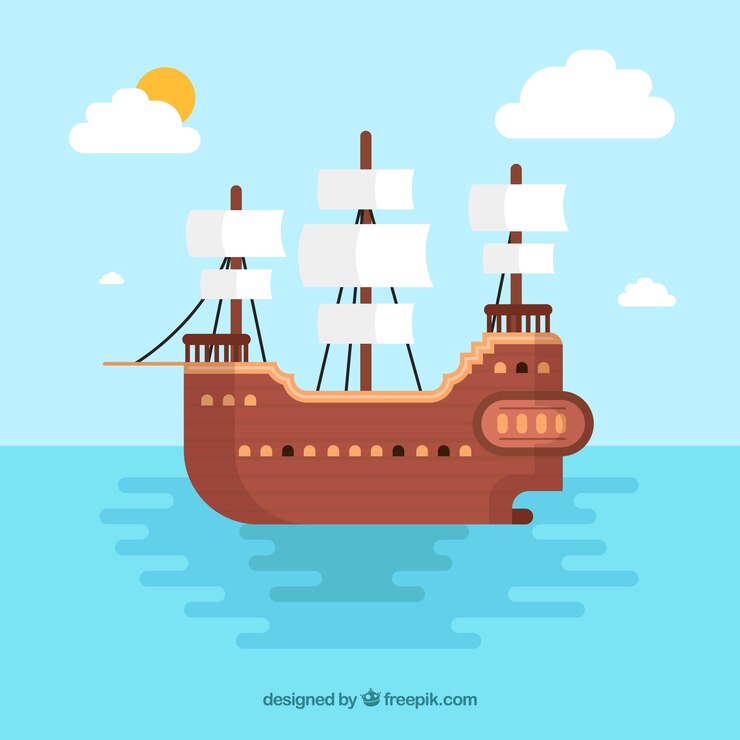
5. Nutrient Pollution: Too Much of a Good Thing
The Problem
Imagine a vast ocean, teeming with life—colourful fish darting through coral reefs, dolphins playfully leaping from the waves, and birds diving for their next meal. Now picture that same ocean suffocating under thick green slime, its fish gasping for oxygen, and lifeless zones stretching for miles. This is the grim reality of nutrient pollution.
Nutrient pollution happens when too much nitrogen and phosphorus enter the ocean, mostly from agricultural fertilisers, sewage, and industrial waste. These excess nutrients act like overfeeding a fish tank—they fuel massive algal blooms that suck up oxygen and create dead zones, areas where marine life simply cannot survive.
Statistics on Ocean Dead Zones
| Year | Number of Dead Zones |
|---|---|
| 1960 | 49 |
| 1990 | 200 |
| 2020 | 700+ |
This problem isn’t going away—in fact, it’s getting worse. Scientists now track over 700 dead zones worldwide, covering an area the size of the United Kingdom.
Case Study: Gulf of Mexico Dead Zone
Every summer, a massive dead zone forms in the Gulf of Mexico, stretching up to 6,000 square miles. This happens because fertilisers used in Midwest farms wash into the Mississippi River, which carries them straight into the Gulf. Once there, they trigger enormous algal blooms that eventually die and decay, depleting oxygen and suffocating marine life.
Fishermen in the area have seen their catches dwindle. Some have to travel farther to find fish, increasing costs and reducing profits. This isn’t just an environmental crisis—it’s an economic one, too.
Solutions
Fixing this problem requires common-sense solutions that balance agriculture and ocean health:
- Better farming practices: Using fewer fertilisers, planting buffer zones along rivers, and rotating crops can reduce runoff.
- Improving wastewater treatment: Upgrading sewage systems can prevent excess nutrients from entering waterways.
- Public awareness and policy changes: Supporting laws that encourage sustainable agriculture and cleaner industries can make a big difference.
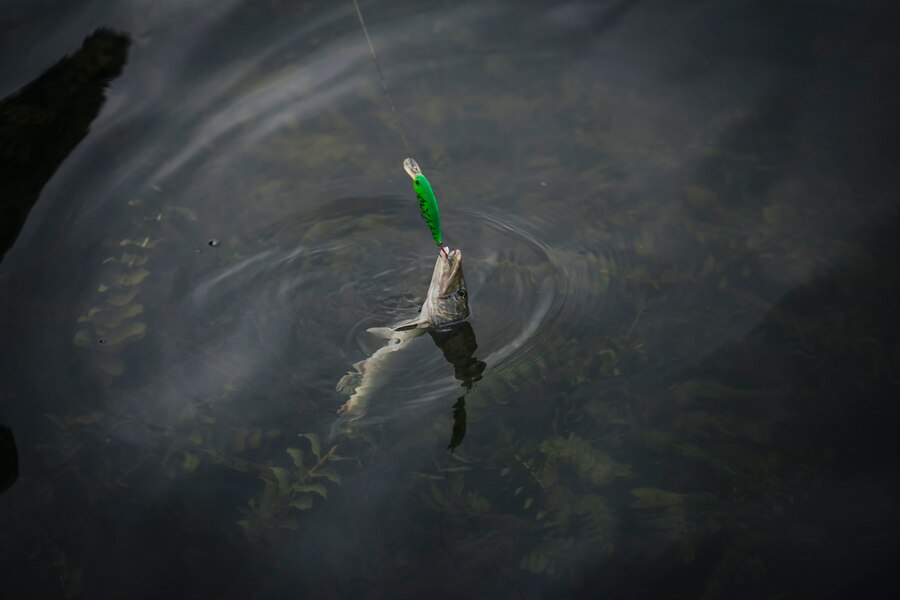
Learn More: Why Recycling Isn’t the Answer to the Plastic Pollution Crisis
6. Marine Debris: Beyond Plastic
The Problem
The ocean is like Earth’s beating heart, keeping life flowing and sustaining billions of people. But we are clogging it with marine debris—not just plastic bottles and bags, but abandoned fishing gear, lost shipping containers, and even sunken ships. Unlike a plastic straw floating on the surface, these heavy and tangled objects lurk beneath, creating deadly traps for marine life.
A huge part of this problem is ghost fishing—when lost or discarded fishing nets continue to drift through the ocean, trapping and killing fish, turtles, dolphins, and even whales. These creatures struggle for hours or days before they die from exhaustion or suffocation. It’s a silent killer, invisible to most of us on land but devastating beneath the waves. A shocking 2019 study estimated that 640,000 tons of fishing gear are lost at sea every year—enough to fill hundreds of Olympic-sized swimming pools.
Real-World Impact
I once read a heartbreaking story about a whale that washed up on a beach in Scotland. Inside its stomach was found over 200 pounds of marine debris, including rope, nets, and plastic waste. This wasn’t just an isolated case—marine debris is choking our oceans, affecting creatures great and small. Fishermen often find dead turtles entangled in nets they never even set.
The fishing industry isn’t entirely to blame—storms, accidents, and illegal dumping contribute to the problem—but we all share responsibility for cleaning it up.
Solutions
Thankfully, solutions exist, and they’re already making a difference:
- Recycling fishing gear: Some programs collect old nets and turn them into new products, from carpets to sunglasses.
- Tracking shipping containers: Companies are working on better technology to reduce the number of containers lost at sea.
- International cooperation: Governments and organisations are pushing for stricter marine debris regulations and cleanup efforts.
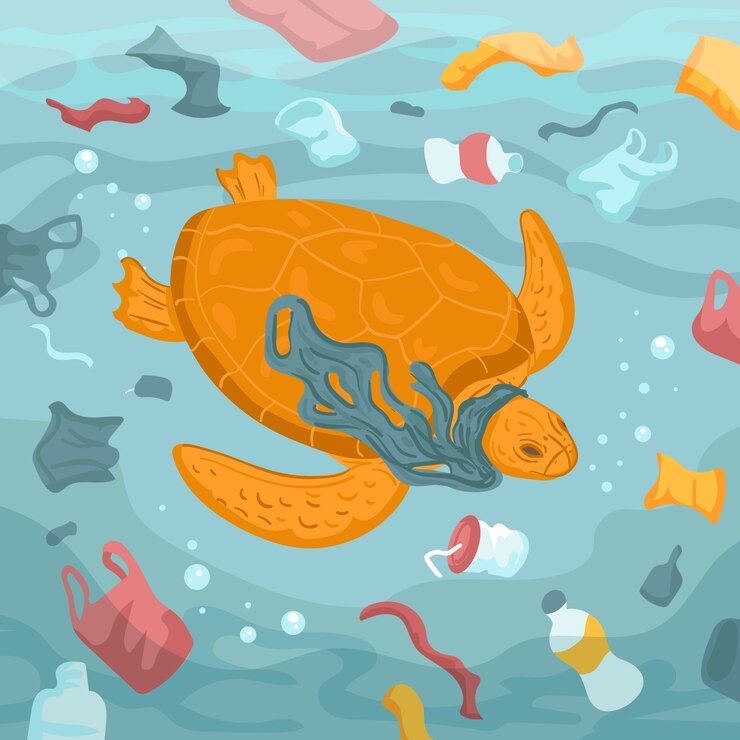
Conclusion: Future Outlook and Innovation
Ocean pollution may feel overwhelming, but there’s a real reason to hope. Scientists, activists, and everyday people are coming together to turn the tide.
Emerging Innovations
- Biodegradable Plastics – Researchers are creating plastics that break down naturally without poisoning marine life. Brands are already testing these materials in packaging and everyday products.
- Ocean Cleanup Systems – The Ocean Cleanup project is deploying massive floating barriers to collect plastic from the Great Pacific Garbage Patch. In 2023 alone, they removed over 5 million kilograms of waste.
- AI and Robotics – Artificial intelligence helps track pollution sources, while underwater drones scoop up debris before it sinks into deep waters.
- Alternative Energy Sources – Investing in wind, solar, and tidal energy reduces reliance on fossil fuels, cutting oil spills and carbon emissions.
Policy and Global Action
The world is taking action. The Global Plastic Pollution Treaty aims to curb plastic waste, while countries are expanding marine protected areas. Even local bans on single-use plastics are making an impact.
The future isn’t written yet. With smarter policies, groundbreaking technology, and public awareness, a cleaner ocean is within reach. Now is the time to act.


